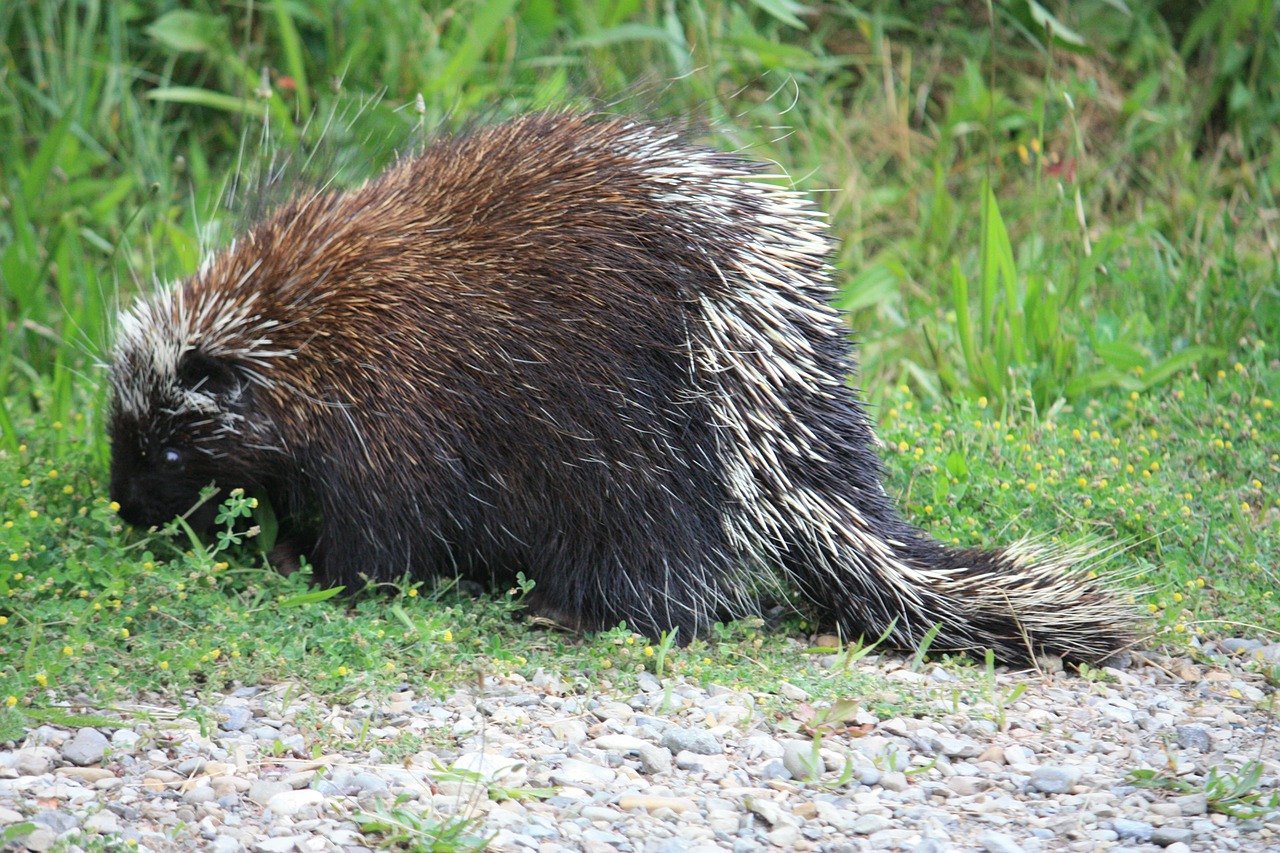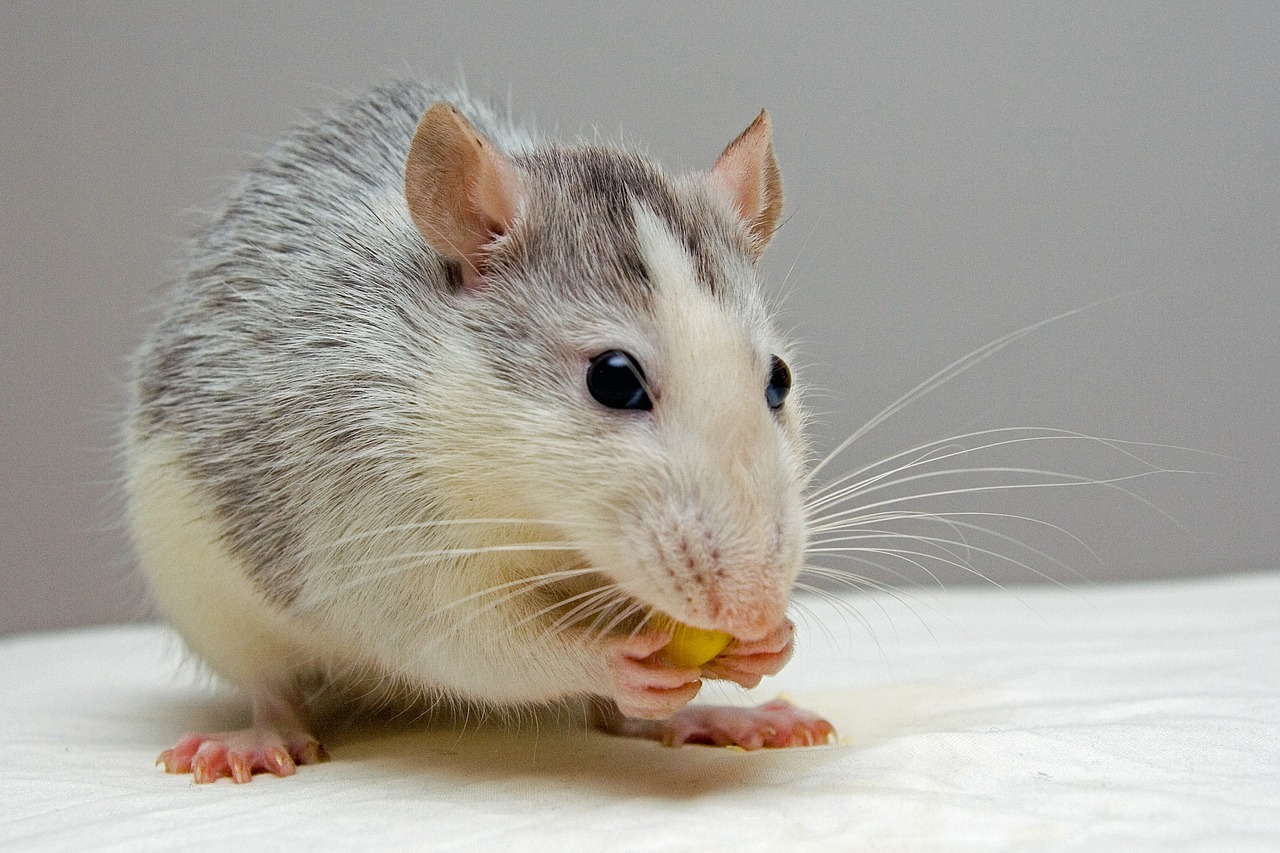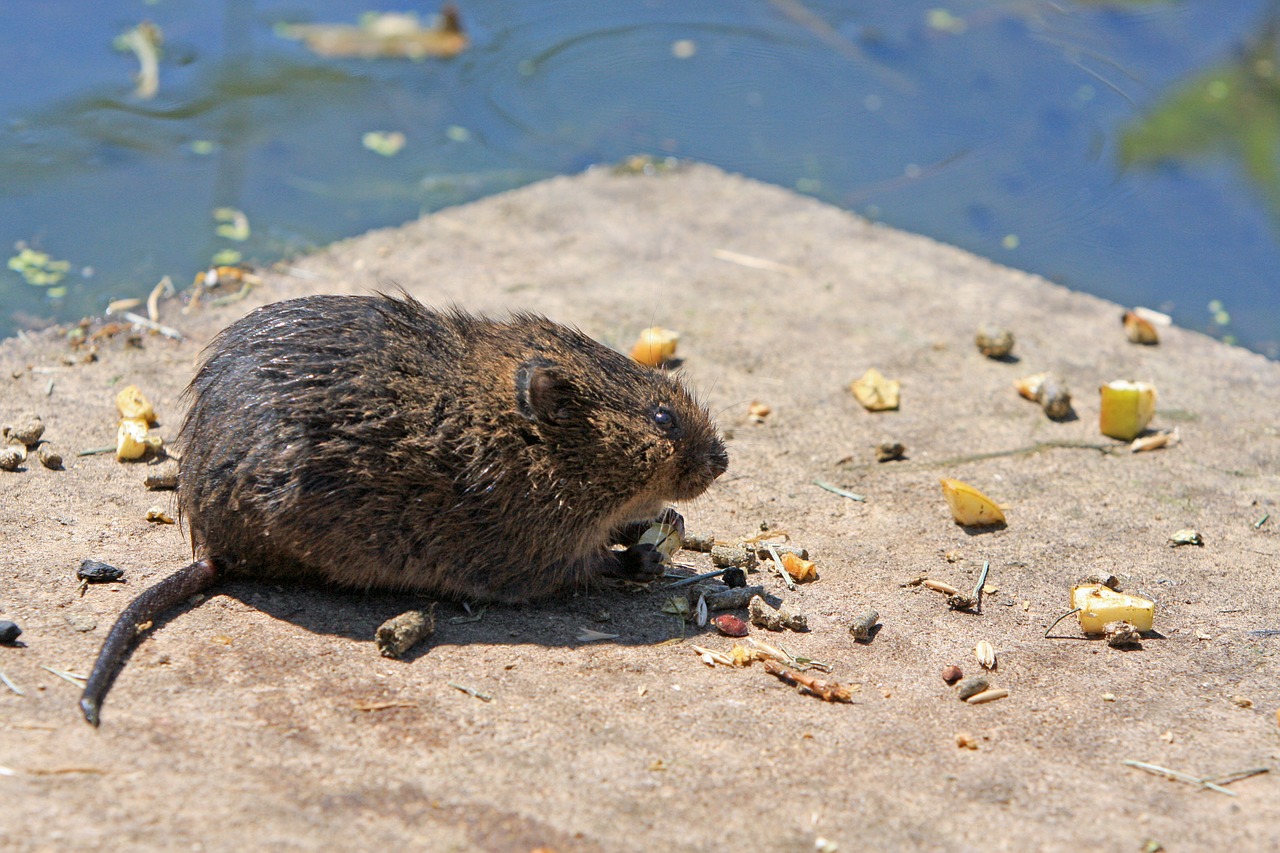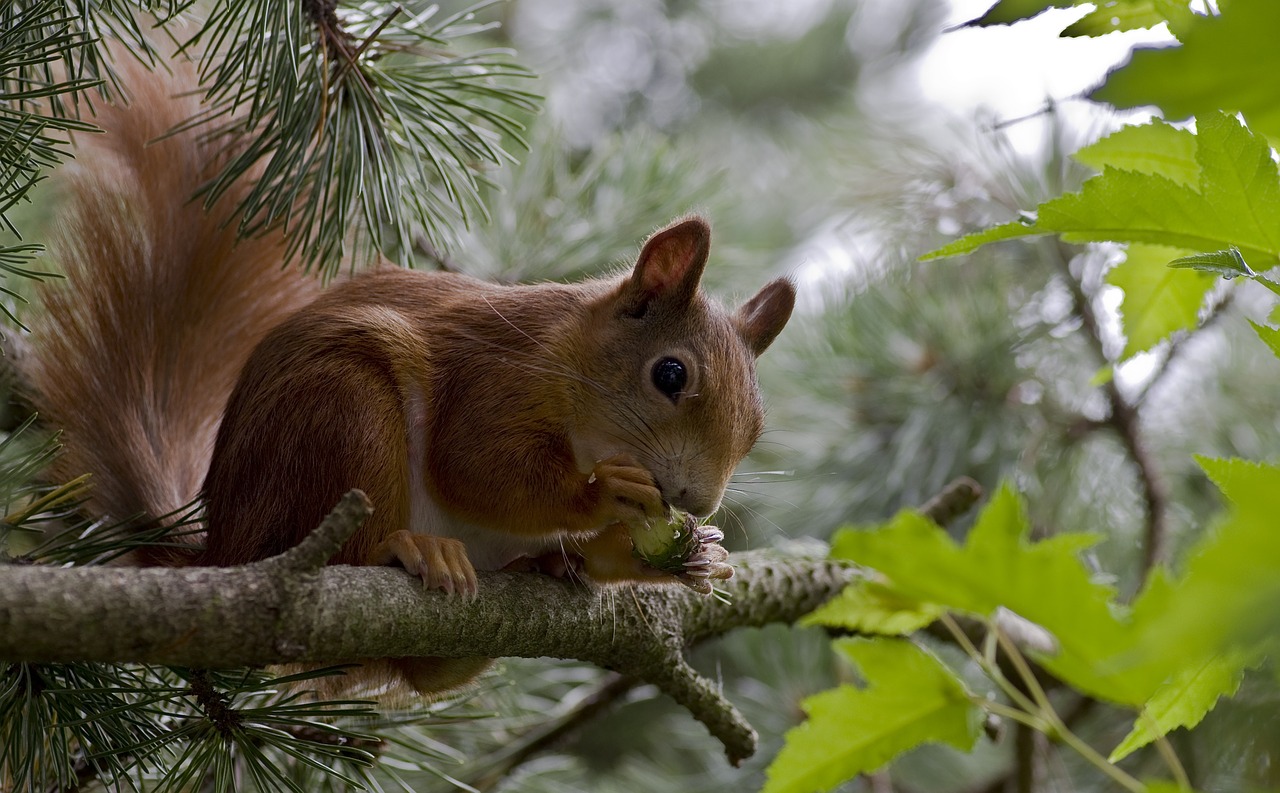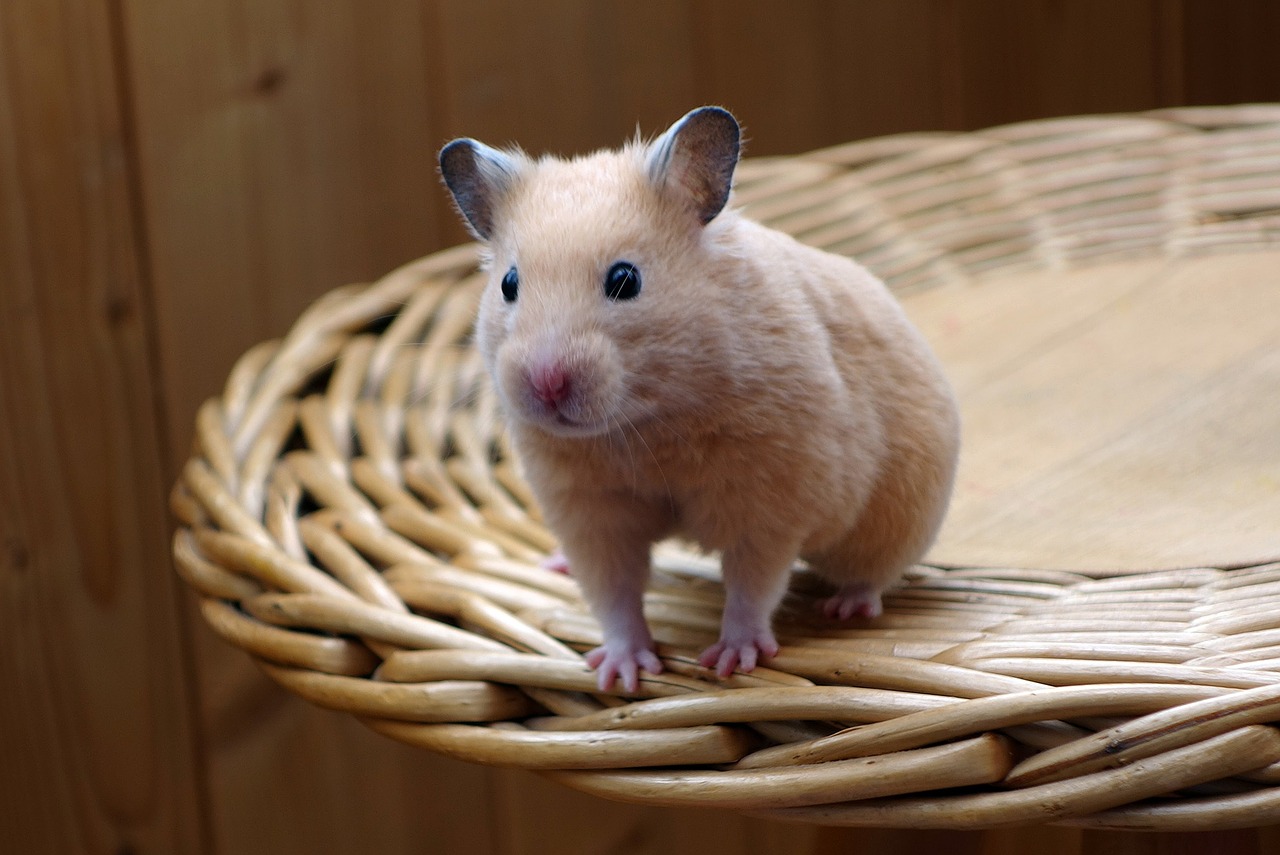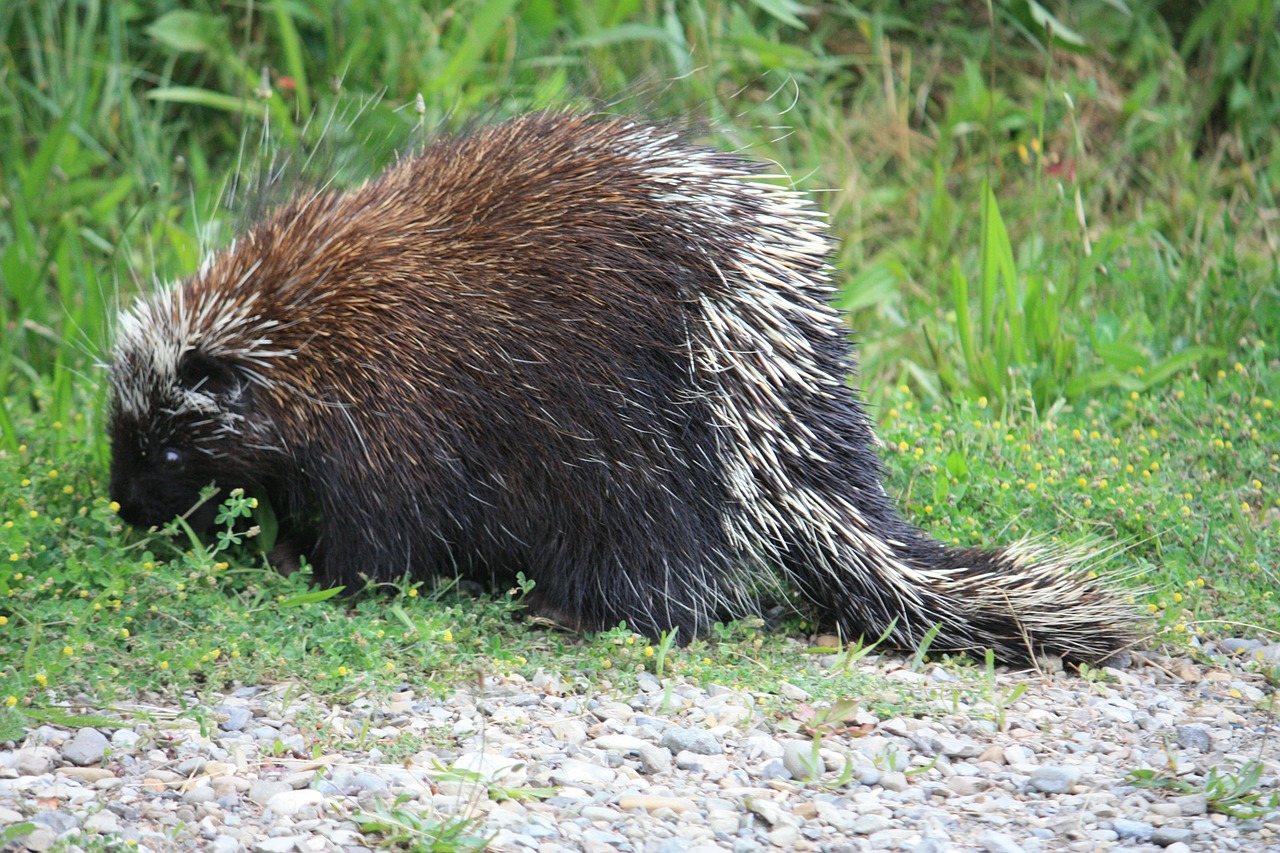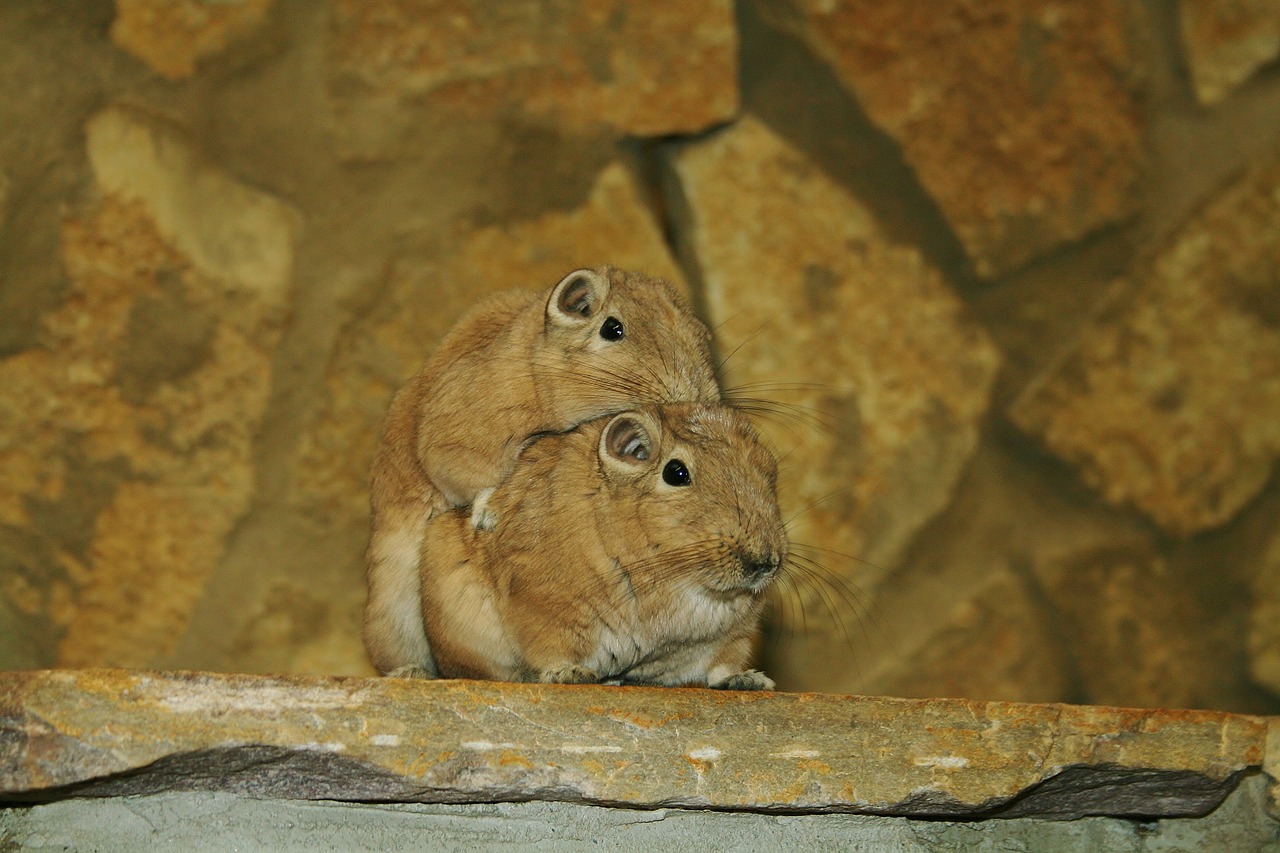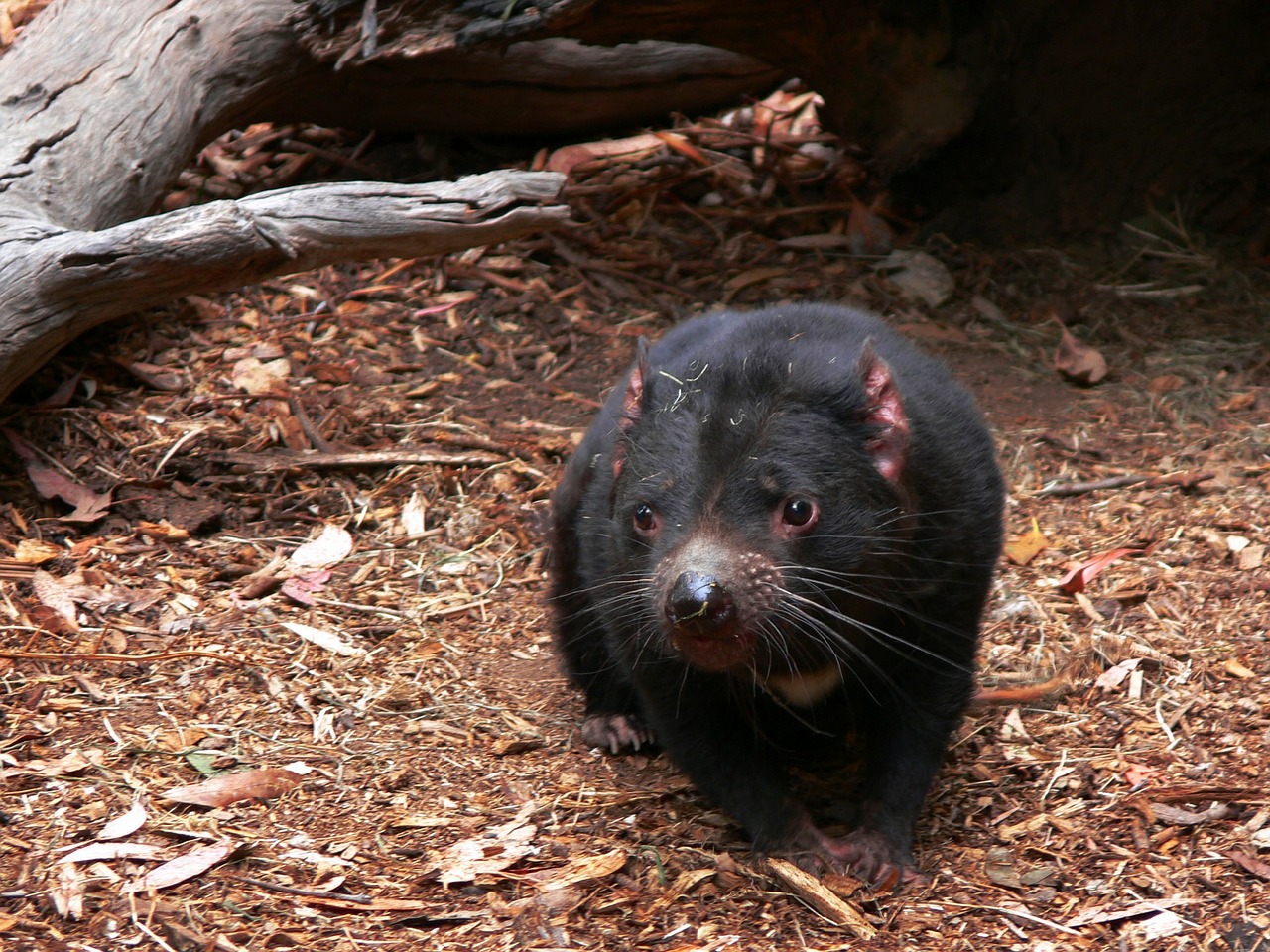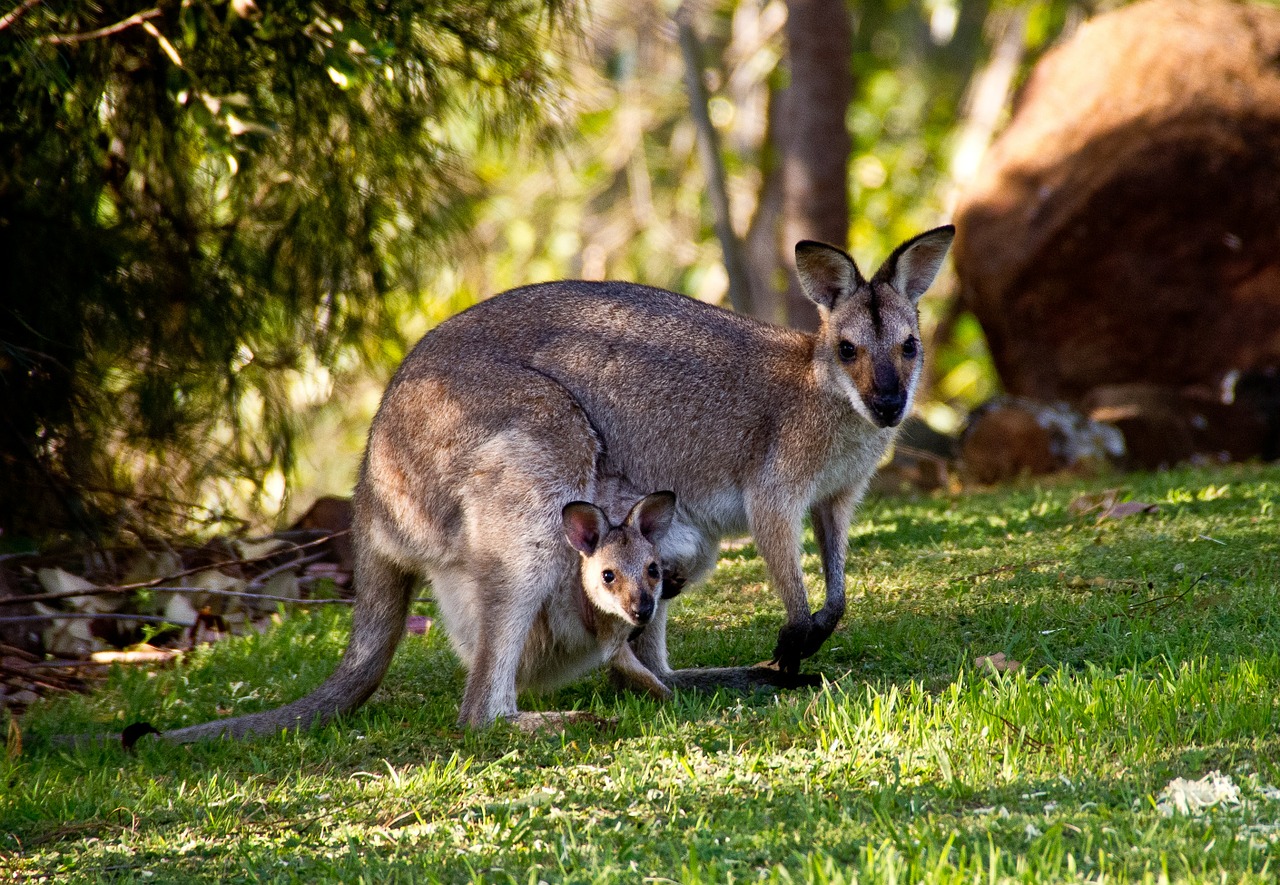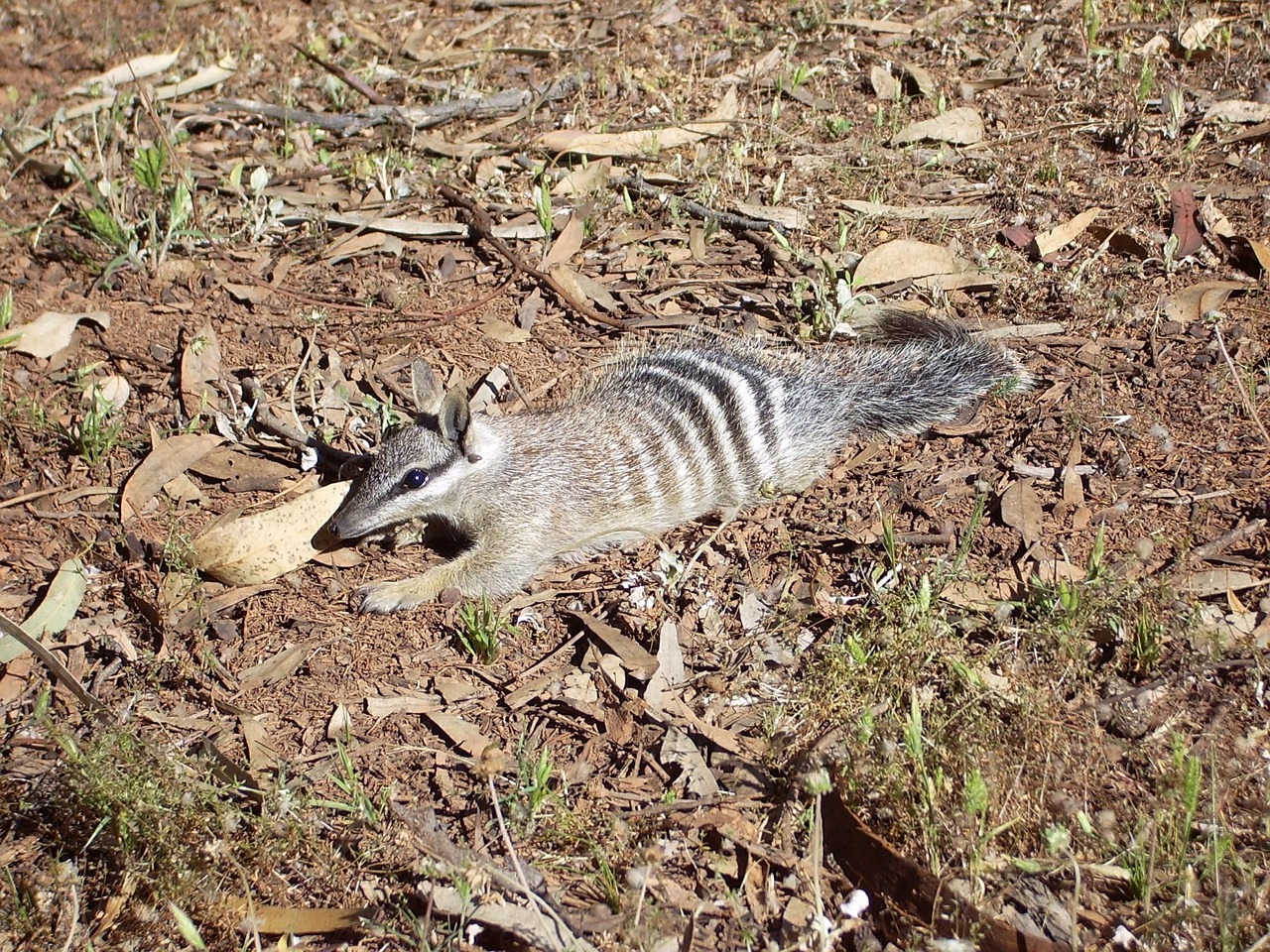Scientific classification: Eurasian porcupines make up the family Hystricidae. American porcupines make up the family Erethizontidae. Introduction Porcupine are herbivorous rodent having long, pointed spines, or quills, growing from the back and sides and, in some species, from the head and tail. Th
Scientific classification: Rats belong to the family Muridae. The brown rat is classified as Rattus norvegicus, and the black rat as Rattus rattus. Introduction Rats are the common name for any large member of a family of rodents, with dull-colored, coarse fur; long tails; large ears; and a pointed
Scientific classification: Voles belong to the family Muridae. The field mouse is classified as Microtus pennsylvanicus, the northern red-backed mouse as Clethrionomys rutilus, and the water vole as Arvicola terrestris. Introduction Vole are small rodents confined mostly to the eastern hemisphere. H
Scientific classification: Squirrels belong to the family Sciuridae. Tree and ground squirrels belong to the subfamily Sciurinae, and flying squirrels belong to the subfamily Petauristinae. Introduction Squirrel are common name for many rodents belonging to the same family as the woodchuck, chipmunk
Scientific classification: Hamsters belong to the subfamily Cricetinae. The Syrian hamster is classified as Mesocricetus auratus, and the European hamster as Cricetus cricetus. Introduction Hamsters belong to the family of chubby rodents with thick fur, a bobbed tail, and large food-carrying cheek p
Scientific classification: Eurasian porcupines make up the family Hystricidae. American porcupines make up the family Erethizontidae. The common porcupine is classified as Hystrix cristata. Introduction Porcupine are herbivorous rodent having long, pointed spines, or quills, growing from the back an
Scientific classification: Gerbils belong to the family Cricetidae. The Mongolian gerbil is classified as Meriones unguiculatus. Introduction Gerbil are small rodent resembling a mouse with long back legs. Gerbil is the common name for any of several small, burrowing rodents that have soft, sand-col
Scientific classification: The Tasmanian devil is classified as Sarcophilus harrisii. Introduction The Tasmanian Devil are carnivorous and scavenging marsupial that lives on the island of Tasmania, Australia. The Tasmanian devil is named for the shrieking and groaning sounds it makes. The noises ter
Scientific classification: Kangaroos make up the two kangaroo families, Macropodidae and Potoroidae, in the order Marsupialia. The red kangaroo is classified as Macropus rufus; the two species of gray kangaroo are classified as Macropus giganteus and Macropus fuliginosus. Introduction The Kangaro
Scientific classification: The numbat is the only member of the Myrmecobiidae family in the order Marsupialia. It is classified as Myrmaecobius fasciatus. Introduction The Numbat or Banded Anteater is a squirrel-sized marsupial with a long, sticky tongue, which it uses to lick up ants and termites.

